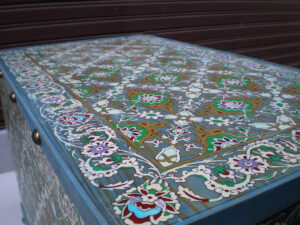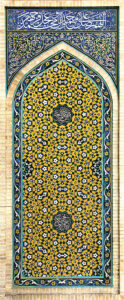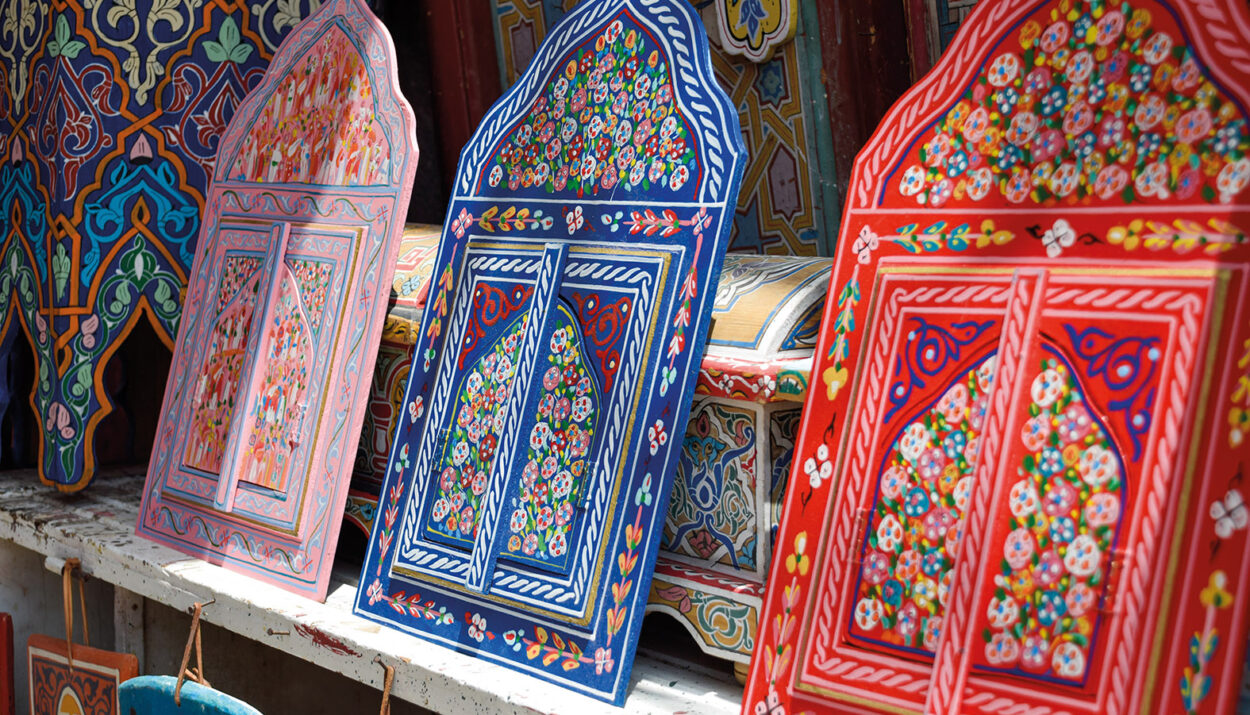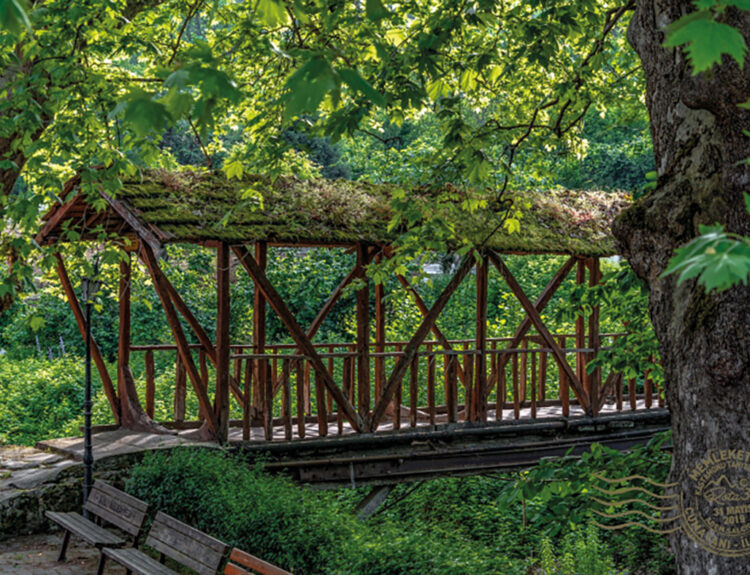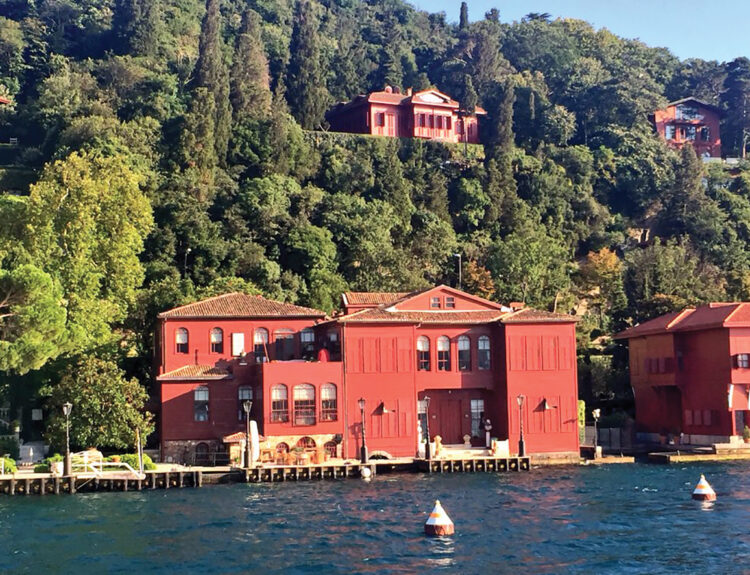Edirnekari, an indispensable element of palace decorations during the Ottoman era, is once again attracting interest among traditional arts with its fine craftsmanship and unique motifs. This art, created by hand-drawing and painting botanical and geometric patterns on wooden surfaces, has left an aesthetic mark for centuries on furniture, doors, and chests.
Edirnekari, a traditional Ottoman-era wooden ornamentation art, takes its name from Edirne, one of the Ottoman capitals, yet it was not limited to Edirne and was widely used across various regions of the empire. Peaking in the 17th and 18th centuries, this art was frequently preferred as a magnificent decorative element in Ottoman palaces, mansions, and religious structures. Today, some of the finest examples of Edirnekari can be seen in Topkapı Palace, Edirne Palace, Bursa’s Green Mosque, and Ottoman pavilions in Istanbul. These works, which particularly reflect the artistic understanding of their time, are considered significant pieces of Ottoman wooden ornamentation art.
In Edirnekari, the most commonly used types of wood are linden, walnut, and oak, which are both easy to work with and durable. The patterns applied to these wooden surfaces highlight the unique character of the ornamentation art.
Used in the ornamentation of decorative elements
Edirnekari was used in the decoration of various architectural and decorative elements during the Ottoman period. This art appears as elegant embellishments on Ottoman palace furniture, particularly on cabinet doors, chests, and drawers. In mosques and madrasahs, elements such as pulpits, lecterns, doors, and window frames were adorned with Edirnekari designs. The ceiling medallions and wall panels of traditional Ottoman houses were also decorated with motifs unique to this art. Additionally, Edirnekari was featured in religious objects such as Quran cases and lecterns, as well as in chests, drawers, and decorative items.
The intricacies of Edirnekari art
Edirnekari art is based on the technique of decorating wooden surfaces by painting and polishing, primarily featuring botanical, geometric, and stylized motifs. First, the wooden surface is smoothed, sanded, and primed to prepare it for painting. Then, the painting process begins. In Edirnekari, the background is often prepared with black or dark colors to make the patterns stand out more, while red, blue, green, gold, and yellow tones are commonly used. In the next step, motifs are either hand-drawn or outlined with stencils and carefully painted using fine brushes. To add luxury and elegance, gold leaf is sometimes applied to certain works. Finally, a polishing process is carried out to enhance the durability and shine of the piece.
The importance of today
Today, Edirnekari art continues to be practiced in restoration projects and handicraft workshops in Türkiye to preserve traditional arts and pass them on to future generations. In an era where Edirnekari meets modern designs, these traditional motifs are once again coming to life in furniture and decorative objects. For both art enthusiasts and design lovers, products featuring Edirnekari motifs continue to attract interest as a refined reflection of Ottoman art.
